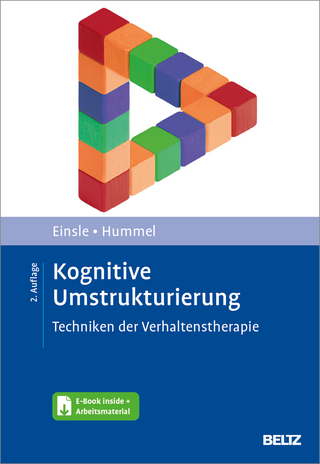
Syntactic Processing
Routledge (Verlag)
978-1-032-52225-8 (ISBN)
Tying linguistically relevant issues to psycholinguistic theory, this book:
Covers the processing of the grammatical phenomena adjunction, agreement and gap filling and discusses the relationship between grammars and parsers
Discusses experimental work and theories, demonstrating how psychologists have made real strides in understanding language and how studying the processing of syntactic structure is the same as studying the nature of language
Explores the key theories of psycholinguistics, including recent developments
Explains the different methodologies of sentence processing, such as eye-tracking and electroencephalography
Bridging the gap between psycholinguistic research and the study of language, this book is essential reading for advanced students and scholars of linguistics and experimental psycholinguistics as well as cognitive science and psychology.
Carlos Acuña-Fariña is Full Professor of English Language and Linguistics at the University of Santiago de Compostela, Spain. He is the author of top-tier research of a theoretical kind in linguistics and of an experimental kind in both psycholinguistics and neurolinguistics. The latter has been done using the methodologies of self-paced reading, eye-tracking and electroencephalography and has mostly covered the topics discussed in this book: relative clause adjunction ambiguities, agreement, gap filling and the relationship between grammars and parsers.
Acknowledgements
1. Introduction
1.1. Questions
1.2. The functional architecture of the linguistic mind
1.3. Minimal attachment
1.4. Ambiguity resolution and beyond: the oracle component of parsing
2. Modifier adjunction with special reference to relative clauses inside complex NPs
2.1. Introduction: local adjunction
2.2. Relative clause adjunction
2.3. The adjunction of subject relative clauses to complex noun phrases
2.3.1. Computationally cheap trees: The Garden Path model
2.3.2. The role of frequency: Tuning
2.3.3. A refined two-step account: Construal
2.3.4. The role of segmentation, prosody and silent reading: the Implicit Prosody Hypothesis
2.3.5. Going for the meaning directly: the role of lexical semantics, coherence and reference
2.3.6. All at once in one stage: the Constraint Satisfaction Approach
2.3.7. The Unrestricted Race model (URM) and the ambiguity advantage effect (AAE)
2.3.8. Grillo and Costa (2014): the Pseudo Relative confound
2.4. Conclusions
3. Agreement
3.1. Introduction
3.2. Agreement attraction
3.2.1. Psycholinguistic theories of agreement
3.2.1.1. Maximal Input
3.2.1.2. Marking and Morphing
3.2.1.3. The cue-based Working Memory Model: retrieval in production
3.2.1.4. The scope of planning + semantic integration account
3.2.1.5. On morphology
3.2.1.6. Attraction in comprehension
3.3. More on comprehension: agreement in brain waves
3.4. Summing up
4. Gap filling
4.1. Introduction
4.2. Working memory
4.3. Recent fillers: controlled PRO and gap-driven parsing
4.4. Filler-driven parsing: the Active Filler Strategy
4.5. Scrambling the word order predictability: the Minimal Chain Principle
4.6. Summary and conclusions
4.7. Epilogue, or when gaps are too radical and reference must be explicit: anaphor resolution.
5. On parsers and grammars
5.1. Introduction: on psychological adequacy
5.2. The Separate Grammar Hypothesis: heuristics and good-enough, goal-directed, predictive processing
5.3. The Grammatical Parser Hypothesis: the parser is the grammar
5.4. Grammatical Illusions
5.5. On flexibility and opportunism
References
Index
| Erscheinungsdatum | 02.08.2023 |
|---|---|
| Zusatzinfo | 1 Tables, black and white; 6 Line drawings, black and white; 1 Halftones, black and white; 7 Illustrations, black and white |
| Verlagsort | London |
| Sprache | englisch |
| Maße | 156 x 234 mm |
| Gewicht | 616 g |
| Themenwelt | Geisteswissenschaften ► Psychologie ► Allgemeine Psychologie |
| Geisteswissenschaften ► Psychologie ► Verhaltenstherapie | |
| Geisteswissenschaften ► Sprach- / Literaturwissenschaft ► Anglistik / Amerikanistik | |
| Geisteswissenschaften ► Sprach- / Literaturwissenschaft ► Literaturwissenschaft | |
| Geisteswissenschaften ► Sprach- / Literaturwissenschaft ► Sprachwissenschaft | |
| ISBN-10 | 1-032-52225-9 / 1032522259 |
| ISBN-13 | 978-1-032-52225-8 / 9781032522258 |
| Zustand | Neuware |
| Informationen gemäß Produktsicherheitsverordnung (GPSR) | |
| Haben Sie eine Frage zum Produkt? |
aus dem Bereich


